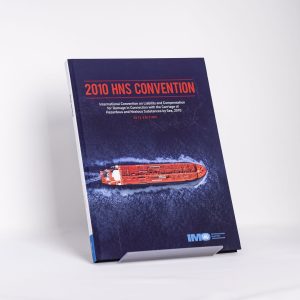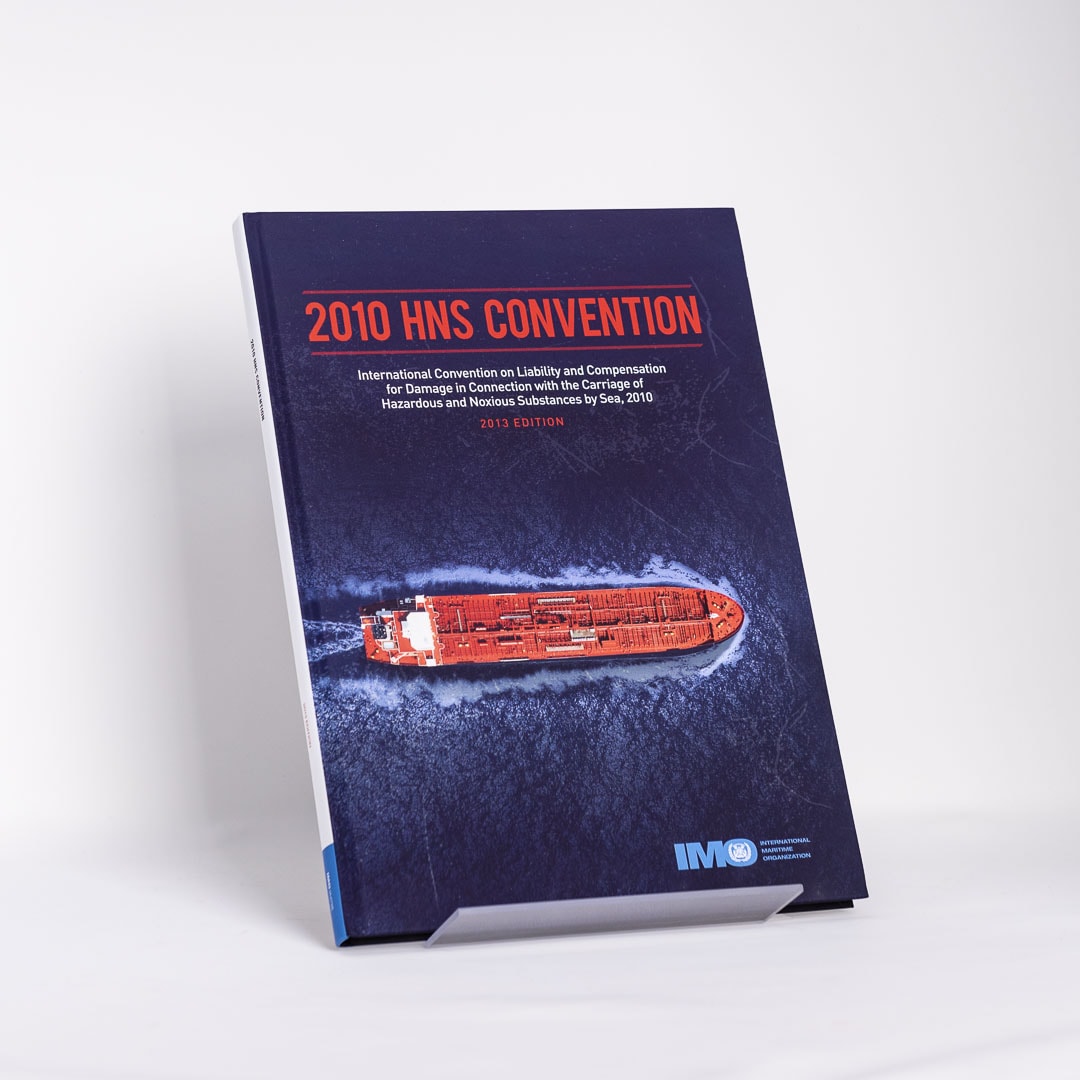
The Hidden Perils of Maritime Transport
Every day, countless ships traverse the world’s oceans, transporting a myriad of goods essential to global economies. Among these are hazardous and noxious substances (HNS)—chemicals, gases, and other materials that, while vital for various industries, pose significant risks to marine environments and coastal communities if accidentally released. Recognizing the potential for catastrophic incidents, the international community established the International Convention on Liability and Compensation for Damage in Connection with the Carriage of Hazardous and Noxious Substances by Sea, commonly known as the HNS Convention, to address these concerns.
Understanding the HNS Convention
The HNS Convention is a legal framework developed to ensure adequate, prompt, and effective compensation for damage caused by incidents involving the maritime transport of hazardous and noxious substances. It aims to:
-
Establish a uniform international system for liability and compensation.
-
Ensure that victims receive fair compensation without the need for protracted legal battles.
-
Encourage responsible practices among shipowners and cargo interests.
Historical Context and Development
Origins of the Convention
The HNS Convention was adopted in 1996 under the auspices of the International Maritime Organization (IMO). It was modeled after the successful framework of the 1992 Civil Liability and Fund Conventions, which addressed oil pollution damage. However, the HNS Convention expanded the scope to include a broader range of substances beyond oil.
Challenges to Entry into Force
Despite its adoption, the Convention faced hurdles in achieving the required number of ratifications to enter into force. Issues such as complex reporting requirements and concerns over the financial implications for stakeholders delayed widespread acceptance.
The 2010 Protocol
To address these challenges, the IMO introduced the 2010 HNS Protocol, which amended the original Convention to simplify its implementation and encourage more states to ratify. The Protocol clarified definitions, streamlined reporting obligations, and adjusted compensation mechanisms.
Scope and Application
The HNS Convention applies to:
-
Damage caused by the carriage of hazardous and noxious substances by sea, including loss of life or personal injury, property damage, and environmental contamination.
-
Preventive measures taken to avoid or minimize such damage.
It covers incidents occurring:
-
In the territory, including the territorial sea, of a State Party.
-
In the exclusive economic zone (EEZ) or equivalent area of a State Party.
-
Beyond these areas, if the damage involves a ship registered in a State Party.
Defining Hazardous and Noxious Substances
Under the Convention, HNS includes:
-
Oils as defined in MARPOL Annex I.
-
Noxious liquid substances as per MARPOL Annex II.
-
Dangerous goods listed in the International Maritime Dangerous Goods (IMDG) Code.
-
Liquefied gases as per the International Gas Carrier (IGC) Code.
-
Solids that pose chemical hazards, as identified in the International Maritime Solid Bulk Cargoes (IMSBC) Code.
This comprehensive categorization ensures that a wide array of potentially harmful substances is covered.
Liability and Compensation Mechanisms
Tiered Compensation System
The Convention establishes a two-tier system:
-
Shipowner Liability: Shipowners are held strictly liable for damage caused by HNS incidents, up to a specified limit based on the ship’s tonnage.
-
HNS Fund: If the damage exceeds the shipowner’s liability or if the owner is unable to pay, a supplementary fund, financed by cargo interests, provides additional compensation.
Limits of Liability
-
For bulk HNS incidents, the shipowner’s liability is capped at 100 million Special Drawing Rights (SDR).
-
For incidents involving packaged HNS, the cap is 115 million SDR.
-
The HNS Fund can provide compensation up to an additional 250 million SDR, including the shipowner’s contribution.
Compulsory Insurance
Shipowners are required to maintain insurance or other financial security to cover their potential liabilities. Certificates of insurance must be carried on board and presented upon request.
Practical Implications and Case Studies
Real-World Incidents
While the HNS Convention has yet to enter into force, several incidents underscore its importance:
-
Chemical spills from tankers have caused extensive environmental damage, highlighting the need for a robust compensation framework.
-
Explosions on ships carrying hazardous materials have resulted in loss of life and property, emphasizing the necessity for preventive measures and liability provisions.
Benefits for Stakeholders
-
Victims receive prompt and adequate compensation without lengthy legal processes.
-
Shipowners gain clarity on their liabilities and can manage risks through insurance.
-
Governments have a standardized framework to handle incidents and claims.
Challenges and Future Developments
Ratification and Implementation
As of now, the HNS Convention has not entered into force due to insufficient ratifications. Efforts are ongoing to encourage more states to ratify the Convention and the 2010 Protocol.
Evolving Maritime Practices
The increasing volume and diversity of hazardous substances transported by sea necessitate continuous updates to the Convention’s provisions to address emerging risks and technologies.
Conclusion: A Collective Responsibility
The safe and responsible transport of hazardous and noxious substances is a shared responsibility among shipowners, cargo interests, governments, and international organizations. The HNS Convention represents a significant step toward ensuring that, in the event of an incident, victims are compensated, and environmental damage is mitigated. Its successful implementation hinges on global cooperation and commitment to maritime safety and environmental protection.
Frequently Asked Questions (FAQs)
Q1: What is the main objective of the HNS Convention?
A1: To establish a comprehensive international framework for liability and compensation in cases of damage caused by the maritime transport of hazardous and noxious substances.
Q2: Who is liable under the Convention?
A2: Shipowners are held strictly liable for damage caused by HNS incidents, up to specified limits based on the ship’s tonnage.
Q3: What happens if the damage exceeds the shipowner’s liability?
A3: A supplementary HNS Fund, financed by cargo interests, provides additional compensation up to a total of 250 million SDR.
Q4: Has the HNS Convention entered into force?
A4: No, the Convention has not yet entered into force due to insufficient ratifications. Efforts are ongoing to encourage more states to ratify the Convention and the 2010 Protocol.
References / Further Reading
Note: This article is intended for informational purposes and does not constitute legal advice.

